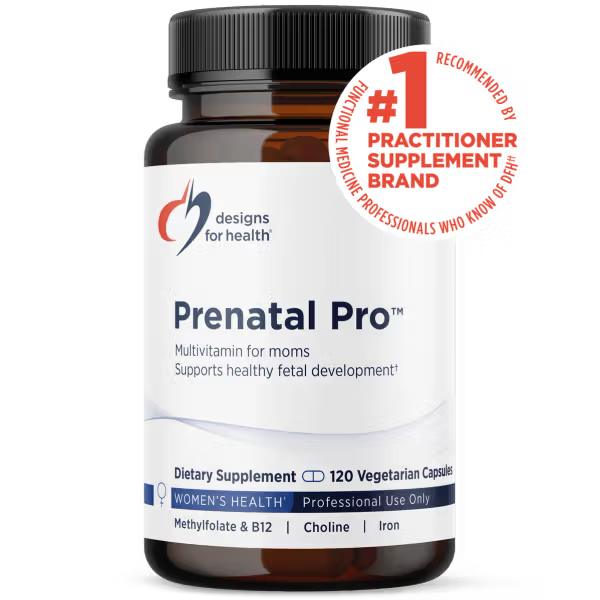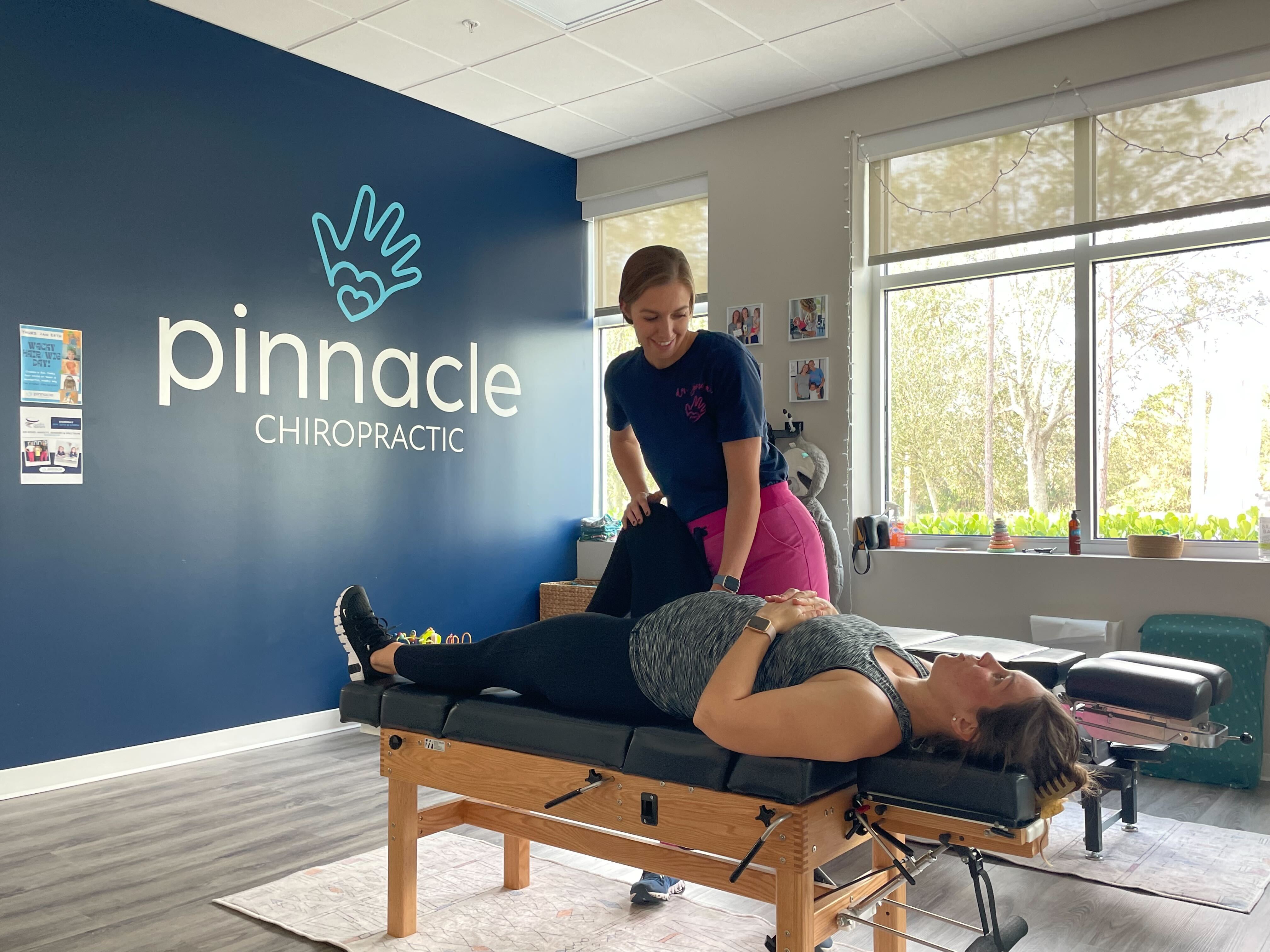Attention Deficit Hyperactivity Disorder (ADHD) is a condition that affects many children, leading parents to explore various factors that might influence their child’s symptoms. One area of concern that has gained attention is the potential impact of synthetic food dyes, particularly red dye, on ADHD symptoms. At Pinnacle Chiropractic, we aim to provide parents with comprehensive information to support their child’s health and well-being. This article will delve into the relationship between red dye and ADHD, examining the evidence and offering practical advice.
Understanding ADHD and Food Coloring
ADHD is a neurodevelopmental disorder characterized by symptoms of inattention, hyperactivity, and impulsivity. While the exact cause of ADHD is not fully understood, research suggests that a combination of genetic, environmental, and dietary factors may play a role. Synthetic food dyes, including red dye, have been scrutinized for their potential to exacerbate ADHD symptoms.
The Role of Synthetic Food Dyes
Synthetic food dyes are widely used in processed foods, beverages, and medications to enhance their appearance. Common artificial food colorings include Red Dye 40, Yellow 5, Yellow 6, and Blue Dye 1. These color additives are derived from petroleum and are often listed on ingredients lists as color additives.
Red Dye and ADHD: The Evidence
Research on the impact of synthetic food dyes, particularly Red Dye 40, on ADHD has yielded mixed results. However, several studies and anecdotal reports suggest a potential link between artificial food dyes and behavioral issues in children with ADHD.
Key Findings from Research
- Animal Studies:
- Animal studies have shown that synthetic food dyes can lead to hyperactivity and other adverse effects. For example, studies on rats have demonstrated that exposure to food colorings can affect brain function and behavior.
- Human Studies:
- Some human studies have reported that children with ADHD may be more sensitive to artificial food colorings. For instance, a 2007 study published in The Lancet found that certain synthetic dyes, including Red Dye 40, were associated with increased hyperactivity in children.
- Adverse Effects:
- Research has highlighted potential adverse effects of synthetic food dyes, such as increased hyperactivity, irritability, and attention problems in susceptible children. These outcomes in children suggest a need for further investigation.
Practical Tips for Parents
If you suspect that synthetic food dyes, including red dye, may be affecting your child's ADHD symptoms, here are some practical steps you can take:
- Read Ingredients Lists Carefully:
- Always check the ingredients list on food labels to identify and avoid products containing artificial food colorings such as Red Dye 40, Yellow 5, and Blue Dye 1.
- Choose Dye-Free Snacks:
- Opt for natural, dye-free snacks and beverages. Many companies now offer products without synthetic food dyes, using natural colorings derived from fruits and vegetables instead.
- Cook at Home:
- Preparing meals at home allows you to control the ingredients and avoid synthetic food dyes. Focus on whole, unprocessed foods that are naturally colorful and nutritious.
- Monitor Behavior:
- Keep a food diary to track your child's intake of artificial food colorings and any corresponding changes in behavior. This can help identify potential triggers and inform dietary adjustments.
- Nutritonal Support
Moving Towards a Healthier Diet
Reducing or eliminating synthetic food dyes from your child's diet may help manage ADHD symptoms and improve overall health. Here are some ideas for dye-free snacks and meals:
- Fruits and Vegetables: Fresh produce such as carrots, bell peppers, blueberries, and apples are naturally colorful and nutritious.
- Whole Grains: Whole grain bread, pasta, and rice provide essential nutrients without artificial colorings.
- Dairy Alternatives: Choose natural, dye-free yogurt and milk alternatives.
- Homemade Treats: Bake cookies, muffins, and cakes at home using natural ingredients and colorings.
Enhance Focus and Calm with Our Recommended ADHD Supplements
Navigating the challenges of ADHD can be overwhelming, but the right supplements can make a significant difference in improving focus, reducing hyperactivity, and promoting overall well-being. At Pinnacle Chiropractic, we've curated a selection of top-quality supplements specifically designed to support both children and adults managing ADHD. Whether you're seeking natural solutions for better concentration or ways to calm an overactive mind, our recommended products offer safe and effective options.
Ready to take the next step towards a healthier, more balanced life? Click here to explore our trusted supplement recommendations and start your journey to better brain health today.
Also check out our blog posts on: Best Magnesium for ADHD: A Guide for Parents OR Top 5 Supplements for ADHD: A Guide for Children and Adults
Conclusion
While the evidence on the impact of synthetic food dyes on ADHD is still evolving, many parents find that reducing or eliminating these additives from their child's diet can lead to noticeable improvements in behavior and attention. By being vigilant about food labels and choosing natural, dye-free options, you can support your child's health and potentially alleviate some ADHD symptoms.
At Pinnacle Chiropractic, we believe in a holistic approach to managing ADHD, combining dietary considerations with chiropractic care to promote overall well-being. If you have any questions or would like to learn more about how we can support your child's health, please contact us today.








